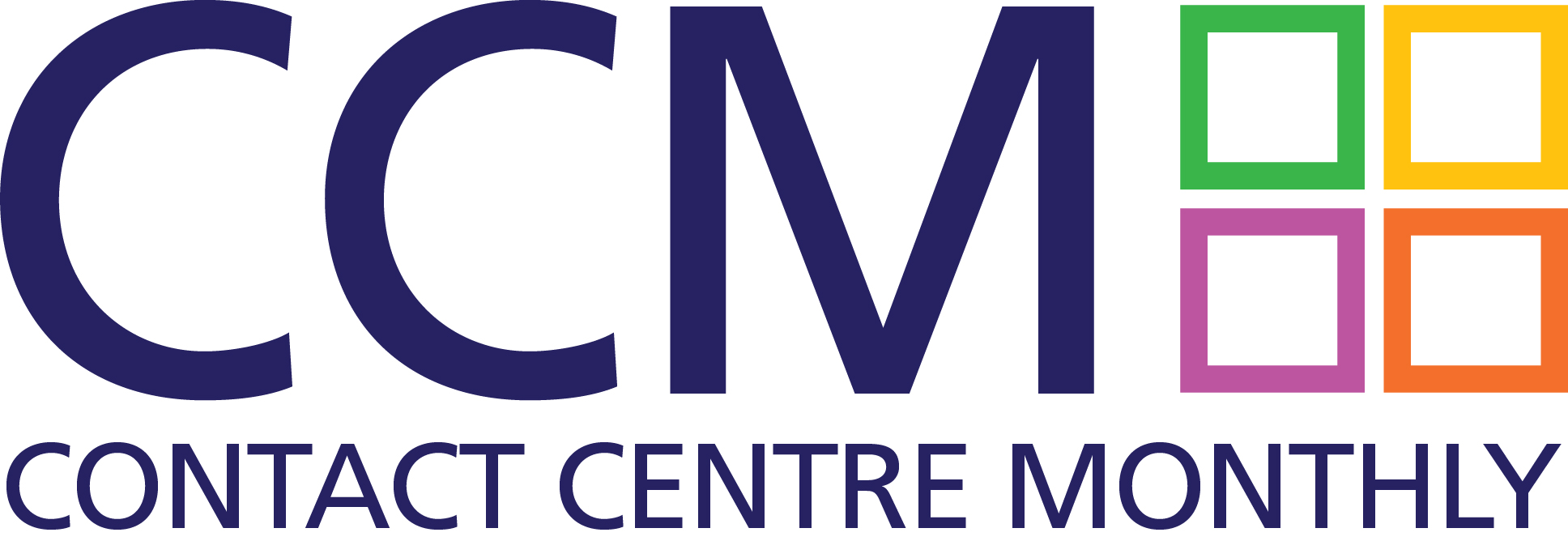In the world of the multichannel contact centre, in order to ensure consistent, personalised customer service it’s important that businesses understand why their customers are choosing to interact with them via certain channels.
In order for businesses to understand customer decisions for selecting particular channels of communication, they need to understand the drivers and thought processes of their customers. This exercise tends to reveal that in a busy, fast-moving world, it is usually convenience and environment that determine communication channel choices.
Let’s look at an example:
I arrive home after a day in the office knowing there’s a package waiting for me – updates have arrived on my smartphone during the day in the form of dispatch and delivery notifications from an international delivery carrier. So far all communications have been good, a mixture of SMS and emails from both the supplier and the carrier. There are three items in the parcel at a total value of £110.
My mood turns dark when I see a large cut in the side of the parcel. On closer inspection I realise there’s been some foul play – it’s been sliced open, and one item is missing. I reach for my smartphone – I am now in the initial phase of a micro-moment.
My thought process is now focused on reaching a fast resolution with minimum time and effort. The driving force in today’s customer-driven society is positive progress – the key here being positive. I will persist if I feel I am making progress, and will become frustrated and demoralised if I don’t feel I am progressing.
So how do I progress?
Action 1: I take photographs of the damage and gather evidence, then check the contents in detail. I confirm that one item with a retail value of £50 is missing.
Action 2: I decide on a convenient and appropriate contact method at that specific micro-moment (the time is 6:20pm). Most contact centres will operate standard working hours, so a phone call after 6pm is unlikely to be of any value. I have to think about alternatives.
A globally recognised delivery carrier will operate 24 hours a day and is very likely to have social media channels, so I turn to the most effective instant gratification customer complaint tool: Twitter. Smartphone still in hand, I find the delivery carrier on Twitter and message them with a situation statement and help request. Satisfaction levels rise – I have taken action quickly and my expectation is for fast positive progress.
Action 3: I wait, and four minutes later I receive a response containing helpful information and recommended next actions to contact the supplier of the goods, as they have the contract with the carrier. Satisfied that progress has been made and everything that can be done has been done, I find all the contact information for the supplier and am now content to wait until the next working day.
Action 4: at 9am the following morning – my next micro-moment – time poor, I want to speak to someone directly. I call the supplier, explain the situation and receive verbal confirmation from them that this will be sorted. I need to provide an email with the evidence and details and they will contact the carrier and deal with the losses. In the meantime a replacement is shipped – a happy outcome for me.
Action 5: I send the information in an email as requested, and within four hours a response email is received confirming shipment of a replacement product. The result is a happy customer with increased trust for the supplier. This also means that the likelihood of me doing business again with them is high, which is success for the supplier too.
So what does this scenario mean for your contact centre?
Because customers are making decisions based on convenience and environment, successful contact centres must focus on linking customer details from different channels (telephone and email in my example). Joining this information together will provide your agents with the insight they need to deliver seamless customer service, without having to ask the customer to repeat or endlessly confirm information.
Understanding customer decision making and how these micro-moments impact on the actions agents take is integral for contact centre managers, enabling them to better allocate resources and ensure agent skills are matched to the right channels and – perhaps more importantly – ensuring that the technology available to your agents enables them to react quickly and efficiently to cross-channel communication.
What’s more, the ability to delve into this data to predict customer contact trends according to time of day or environmental factors can help businesses truly take their contact centre to the next level.
Published with permission from original source: https://www.maintel.co.uk/resources-and-events/blogs/how-micro-moments-drive-customer-channel-choices




